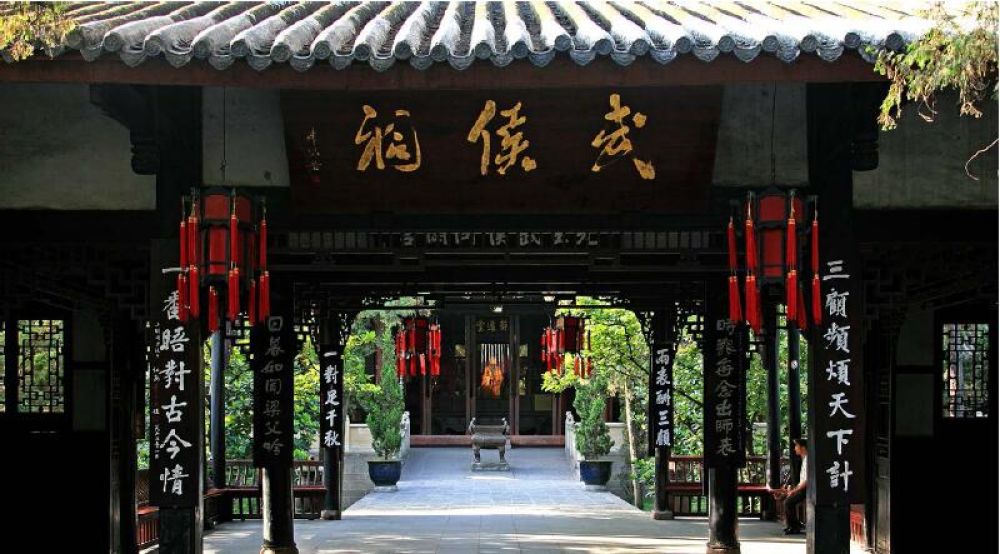

Wuhou Shrine, also known as Wuhou Temple, is a renowned historical site in Chengdu, Sichuan Province, China. It is dedicated to the memory of both Zhuge Liang, the Prime Minister of the Shu Han state during the Three Kingdoms period, and his lord Liu Bei. Established in 223 AD during the Shu Kingdom, the temple has been reconstructed, refurbished, and expanded numerous times throughout the Tang, Song, Ming, and Qing dynasties.
The shrine encapsulates the deep respect the people have for Zhuge Liang, considered a paragon of loyalty and wisdom in Chinese culture. The main hall, Liu Bei Pavilion, contains the tomb of Liu Bei and is an important piece of the complex. Over time, other figures from the Shu Han state, like Guan Yu and Zhang Fei, were also memorialized within the temple grounds.
Wuhou Shrine has been a popular tourist attraction for many centuries. However, it was the 20th century that saw a significant formalization of tourism activities at the site, aligning with the overall growth of the cultural tourism industry in China. The Chinese government has often supported the site as part of its push to encourage historical and cultural tourism.
In the late 20th century and early 21st century, the site underwent a series of enhancements to better accommodate the growing number of visitors. These included the integration of modern amenities, informational signage, and the implementation of guided tours. Wuhoculture Museum became another addition, housing a vast array of relics and providing historical context for the Three Kingdoms period.
In recent years, Wuhou Shrine has embraced technological advancements in their tourism experience. The use of augmented reality (AR) and virtual reality (VR) technologies has allowed visitors to immerse themselves in historical reconstructions of the Three Kingdoms era.
The shrine has also become part of the larger Jinli Ancient Street tourist area, which has amplified its appeal. Jinli Street offers a traditional shopping and dining experience that complements the historical visit to Wuhou Shrine, forming a comprehensive cultural outing.
Moreover, Wuhou Shrine has tapped into the popularity of Chinese historical dramas, which have sparked a renewed interest in the Three Kingdoms period. Fans of these series often visit to see the real-life locations associated with their favorite characters and stories.
Ecotourism and sustainable tourism have also found their way into the management's practices, with efforts to maintain the serenity of the temple grounds and manage visitor numbers to avoid over-tourism. The shrine has been included in several initiatives aiming to provide a deeper understanding and appreciation of China's traditional culture and history among tourists.
Moving forward, Wuhou Shrine's tourism strategy continues to focus on enhancing visitor experience while preserving the historical integrity and ecological environment of the temple complex. As tourism trends shift towards authentic and educational experiences, Wuhou Shrine is well-positioned to continue attracting visitors both domestically and internationally.
The temple's management often collaborates with the tourism industry to host cultural festivals and events, which adds a dynamic element to the site's offerings. With a firm footing in both its illustrious past and the innovative present, Wuhou Shrine stands as a stalwart example of successful cultural tourism in China.